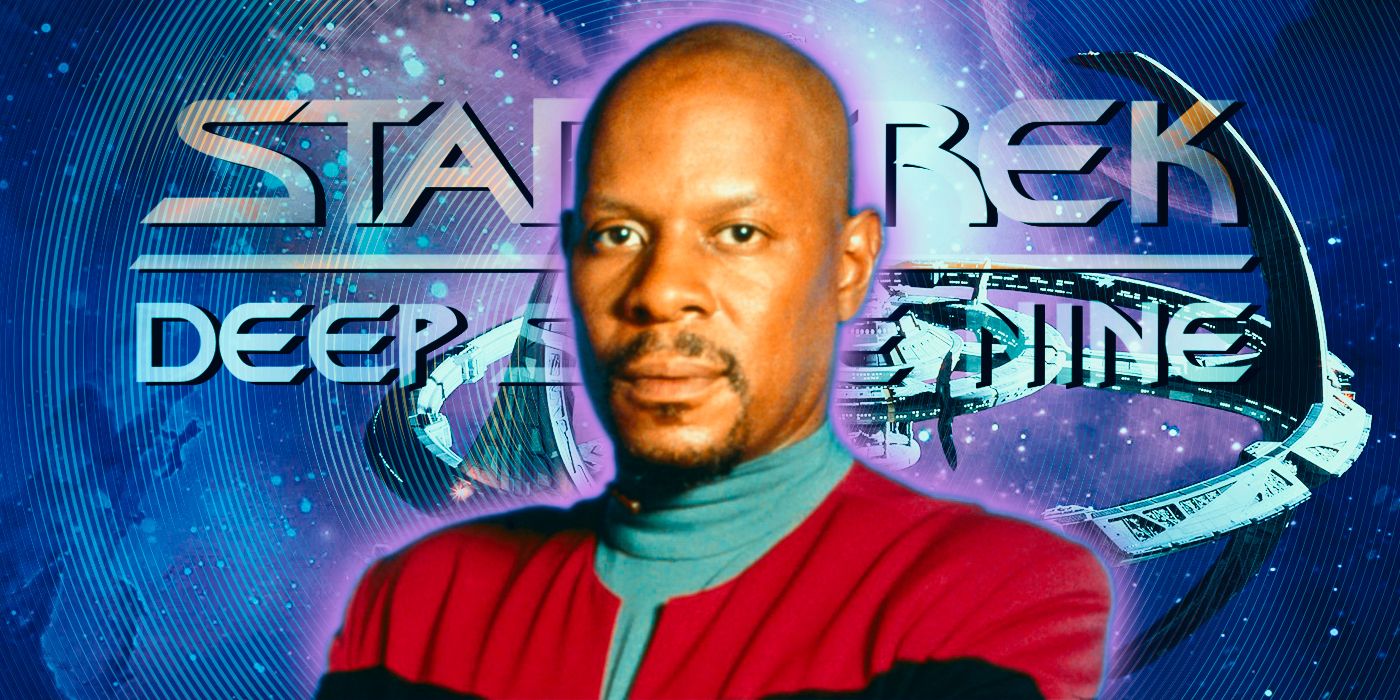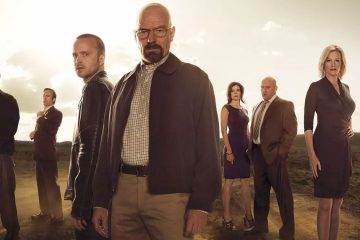When Paramount approached Gene Roddenberry for a new television series set in the universe he created, it was a long shot. When the first true spinoff in the franchise, Star Trek: Deep Space Nine, debuted in 1993, it was clear this universe had beaten the odds. At the time, the show was deeply controversial among fans and those who were closest to the Great Bird of the Galaxy. Yet, in the 31 years since, Deep Space Nine is one of the truly great iterations of this vast universe embracing infinite diversity in infinite combinations.Given the success of sequel series Star Trek: The Next Generation, it didn’t take long for the late Michael Piller (who took over as showrunner in Season 3) to start pushing for a spinoff series. Nonetheless, it took a long time for Deep Space Nine to get the greenlight, and Roddenberry passed away before the series was in full development. Thus, Deep Space Nine was the first true spinoff because it didn’t have the “Roddenberry touch” on top of being a departure from the ship-travel adventures Star Trek was known for. However, despite all of these hurdles, Deep Space Nine was the series that proved this storytelling universe was bigger than anyone at Paramount gave it credit for. Now, 60 years after Roddenberry first pitched his “Wagon Train to the stars” sci-fi show, it’s going stronger than ever, and Deep Space Nine is a big reason why.The late Brandon Tartikoff took over at Paramount, and he told Berman he wanted another science fiction television show. Interestingly, he didn’t specifically want it to be Star Trek. The only thing he requested was that the series evoke another classic 1960s Western, The Rifleman. “Let’s do The Rifleman in space. A father and son going around righting wrongs,” Berman said Tartikoff told him in The Fifty-Year Mission. That’s close to what Deep Space Nine became, but Berman and Piller were determined to expand the Star Trek universe, especially after the passing of Roddenberry.
When Paramount approached Gene Roddenberry for a new television series set in the universe he created, it was a long shot. When the first true spinoff in the franchise, Star Trek: Deep Space Nine, debuted in 1993, it was clear this universe had beaten the odds. At the time, the show was deeply controversial among fans and those who were closest to the Great Bird of the Galaxy. Yet, in the 31 years since, Deep Space Nine is one of the truly great iterations of this vast universe embracing infinite diversity in infinite combinations.
Given the success of sequel series Star Trek: The Next Generation, it didn’t take long for the late Michael Piller (who took over as showrunner in Season 3) to start pushing for a spinoff series. Nonetheless, it took a long time for Deep Space Nine to get the greenlight, and Roddenberry passed away before the series was in full development. Thus, Deep Space Nine was the first true spinoff because it didn’t have the “Roddenberry touch” on top of being a departure from the ship-travel adventures Star Trek was known for. However, despite all of these hurdles, Deep Space Nine was the series that proved this storytelling universe was bigger than anyone at Paramount gave it credit for. Now, 60 years after Roddenberry first pitched his “Wagon Train to the stars” sci-fi show, it’s going stronger than ever, and Deep Space Nine is a big reason why.
The late Brandon Tartikoff took over at Paramount, and he told Berman he wanted another science fiction television show. Interestingly, he didn’t specifically want it to be Star Trek. The only thing he requested was that the series evoke another classic 1960s Western, The Rifleman. “Let’s do The Rifleman in space. A father and son going around righting wrongs,” Berman said Tartikoff told him in The Fifty-Year Mission. That’s close to what Deep Space Nine became, but Berman and Piller were determined to expand the Star Trek universe, especially after the passing of Roddenberry.
#Star #Trek #Deep #Space #Created
Note:- (Not all news on the site expresses the point of view of the site, but we transmit this news automatically and translate it through programmatic technology on the site and not from a human editor. The content is auto-generated from a syndicated feed.))



